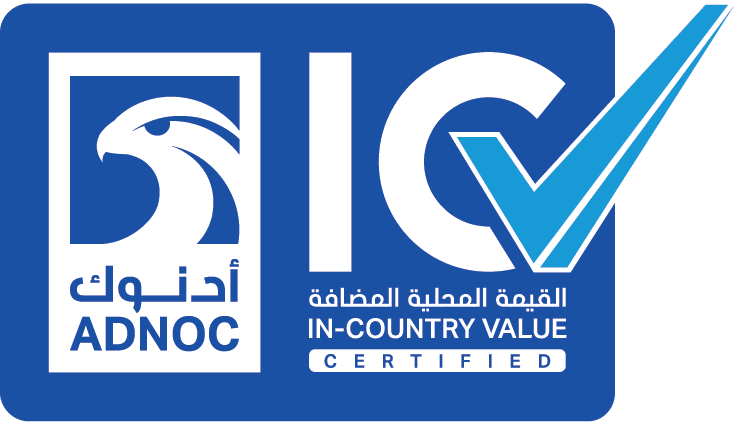Onshore Land Surveying for Oil and Gas Upstream
| 21 – 25 July 2025 | Abu Dhabi | 15 – 19 Dec. 2025 | Dubai | 13 – 17 Oct. 2025 | Abu Dhabi |
Learning Objectives
Upon successful completion of this course, participants will be able to:
1. Fundamentals of Onshore Land Surveying for Oil & Gas
- Understand the role of land surveying in upstream oil & gas operations.
- Identify surveying equipment and technologies (Total Station, GPS/GNSS, LiDAR, UAVs).
- Learn geodetic principles, coordinate systems, and datum transformations used in oil & gas.
2. Land Surveying Methods for Oil & Gas Exploration
- Apply topographic and boundary surveys for well site selection and infrastructure planning.
- Conduct control surveys for seismic data acquisition and geophysical mapping.
- Use aerial and drone-based (UAV) surveying for site reconnaissance.
3. Legal Aspects of Land Surveying in Oil & Gas
- Understand land ownership, lease agreements, and regulatory compliance.
- Learn about oil & gas lease mapping, surface rights, and mineral rights surveys.
- Apply permit acquisition and environmental assessment considerations in surveying.
4. GIS and Remote Sensing in Land Surveying
- Use GIS-based land mapping for exploration planning.
- Process remote sensing and LiDAR data for terrain modeling.
- Integrate satellite imagery and geospatial databases for decision-making.
5. Well Site Planning and Pipeline Surveying
- Conduct pre-drilling site surveys for well pad positioning.
- Perform pipeline routing and right-of-way (ROW) mapping.
- Optimize survey layouts for access roads, facilities, and drilling locations.
6. Seismic Surveying and Geophysical Data Integration
- Support seismic data acquisition through accurate control point placement.
- Use geodetic control networks for seismic shot points and receiver locations.
- Implement geophysical data integration for subsurface modeling.
7. Digital Surveying Technologies and Automation
- Utilize real-time kinematic (RTK) GPS for precision land positioning.
- Implement automated survey data processing and GIS analytics.
- Apply AI and machine learning in land and subsurface mapping.
8. Case Studies and Practical Applications
- Analyze real-world land surveying projects in oil & gas exploration.
- Participate in hands-on GPS/GNSS survey exercises.
- Develop a survey plan for a hypothetical oil & gas field.
Target Audience
- Land surveyors and geodesists
- Geophysicists and GIS specialists
- Drilling and exploration engineers
- Land and lease management professionals
- Oil & gas regulatory and compliance officers

